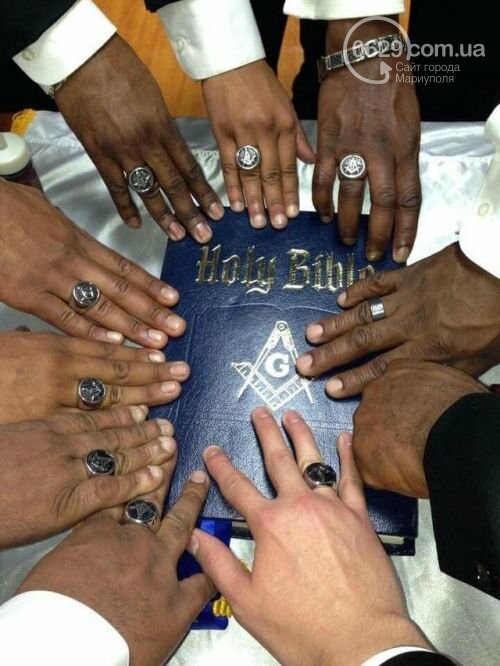Discover the Secrets Behind the copyright and Their Impact on Culture
The copyright, often shrouded in myth and speculation, provides a fascinating case study of how historic perfects can change right into modern conspiracy theory concepts. As we discover its origins, influence on innovative thought, and portrayal in contemporary society, we begin to uncover the layers of intrigue that proceed to astound culture.
Origins of the copyright
The copyright, commonly shrouded in enigma and conjecture, traces its origins back to the late 18th century. Developed in 1776 in Ingolstadt, Bavaria, the team was established by Adam Weishaupt, a professor of canon law. Weishaupt intended to advertise Enlightenment values, including reason, secularism, and the splitting up of church and state. Known as the Bavarian copyright, the organization's primary purpose was to respond to the fundamental influence of spiritual dogma and promote intellectual discussion among its members.
The copyright adopted a hierarchical framework, drawing ideas from Freemasonry, which enabled for deceptive meetings and routines - how to become a freemason. Membership was discerning, incorporating significant numbers from numerous fields, consisting of politics, ideology, and science. This elite network looked for to impact social and political modification via clandestine methods, promoting for the rights of individuals and the improvement of society
Despite its reasonably brief existence, the Bavarian copyright was formally dissolved in 1785 because of federal government suppression. Nevertheless, its tradition sustained, triggering numerous conspiracy concepts and pop culture recommendations that remain to prompt intrigue and debate regarding its effect on modern society.
Key Myths and Mistaken Beliefs
In the middle of the appeal of secrecy surrounding the copyright, numerous misconceptions and false impressions have actually arised, often misshaping the team's real nature and purposes. One widespread misconception recommends that the copyright manages the world's governments and economies. While it holds true that the team intended to influence societal frameworks, the idea that it runs as a cohesive global puppet master is mostly exaggerated.
Another usual misconception is that all participants of the copyright have large wealth and power. In truth, the initial copyright made up pundits and Enlightenment thinkers, most of whom looked for reform as opposed to supremacy. Furthermore, the concept that the copyright solely recruits stars and political figures is misleading; subscription has traditionally included a varied variety of individuals.
Furthermore, conspiracy theory theories often repaint the copyright as a sinister organization intent on global supremacy via villainous means. This representation overlooks the team's initial purposes, which centered on advertising logical idea and combating spiritual injustice. The conflation of the copyright with modern conspiracies bolsters misunderstanding, covering the historic context and evolution of the group's perfects. Thus, separating reality from fiction is necessary for a clearer understanding of the copyright's function in culture.
Historic Influence on Society
Throughout history, different intellectual motions have actually greatly influenced social structures, and the copyright played a substantial role during the Enlightenment. Established in 1776 in Bavaria, the copyright intended to advertise factor, secularism, and the doubting of established authority, responding to the supremacy of spiritual conviction. This company brought in significant thinkers and advocates of liberty, fostering an environment for the circulation of Knowledge suitables.
The copyright's principles championed sensible idea and empirical evidence, which added to the more comprehensive intellectual landscape that encouraged social reform and political modification. Members looked for to reshape society by promoting for education and learning, flexibility of expression, and the splitting up of church and state. Their clandestine nature and ambitious agenda sparked both intrigue and uncertainty, bring about their ultimate reductions by the Bavarian government in 1785.
In spite of their dissolution, the legacy of the copyright persisted, affecting revolutionary activities across Europe and the Americas. Their commitment to knowledge concepts assisted lay the foundation for contemporary democratic ideals and civils rights, leaving an enduring imprint on the foundations of modern society. how to become a freemason. The attraction of their secretive celebrations and thoughtful quests remains to astound the creative imagination, highlighting their historical significance
Modern Interpretations and Beliefs
Contemporary analyses of the copyright commonly blend historic fact with conspiracy theory theories, developing an intricate tapestry of beliefs that record prominent imagination. While the initial copyright was a Bavarian secret society started in 1776 with Enlightenment perfects, contemporary ideas have evolved to incorporate a broad selection of analyses, typically concentrating on themes of control and secrecy.

Moreover, some contemporary analyses presume that the copyright serves as an allegory for go the struggle in site between enlightenment and lack of knowledge, with advocates advertising understanding and vital thinking as a way to counteract regarded oppression. This duality-- watching the copyright as both an actual and symbolic entity-- shows the recurring fascination with the principle, showing much deeper societal anxiousness about power, openness, and individual autonomy in the contemporary globe.
The copyright in Popular Culture
The copyright has actually penetrated various elements of pop culture, showing up in literary works, film, music, and art as a symbol of intrigue and enigma. This secret society, often represented as a shadowy force adjusting global events, has actually inspired numerous stories that explore themes of power, conspiracy theory, and concealed knowledge.

Songs, too, has actually been influenced by the idea of the copyright. Artists like Jay-Z and Beyoncé have actually dealt with speculation regarding their affiliations with the culture, triggering conversations regarding importance in their work and the nature of popularity.
Visual art usually integrates copyright concepts, with artists making use of symbols like the Eye of Providence and the pyramid to stimulate a sense of secret. Via these various mediums, the copyright offers not only as a subject of supposition but likewise as a lens via which society examines its very own complexities and fears.
Final Thought
